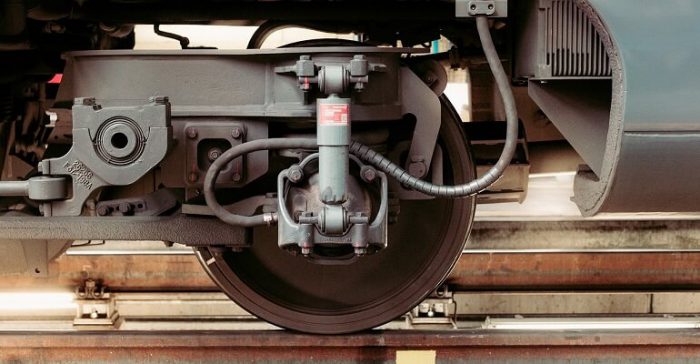Ryan Pollin, ERS, for Zondits. April 27, 2016. Image credit: Foundry
Energy storage is getting simpler, and Advanced Rail Energy Storage (ARES) is well on the way to its first full-scale deployment. The most basic energy storage system thus far is probably pumped hydro storage: push water uphill to “charge the battery,” and let it flow down through a turbine to produce the electricity. Now, visualize the same thing with an electric locomotive loaded up with weight, chugging up a hill and rolling down, and that is ARES. There are some quick and clear advantages over the pumped hydro model, primarily the sidestepping of all the siting woes that come with large hydro projects (Is there water? Will wildlife be disturbed or displaced? How is the ecosystem affected?), which make rail encouraging from the get-go. Since this is the first full-scale deployment, sturdy cost and operations estimates are still forthcoming. The project is expected to cost $55 million and operate at a 50 MW or 12.5-MWh capacity, with plans to serve the California Independent System Operator ancillary services market. Conceivably, longer hills and heavier trains mean greater capacities, and the upper limit is pretty high according to the group‒like 2-3GW high. The good news is that they have received approval from the Bureau of Land Management for a site in Southern Nevada, and hope to be operating as early as 2019.
Read more on ARES and other unique energy storage techniques here.
